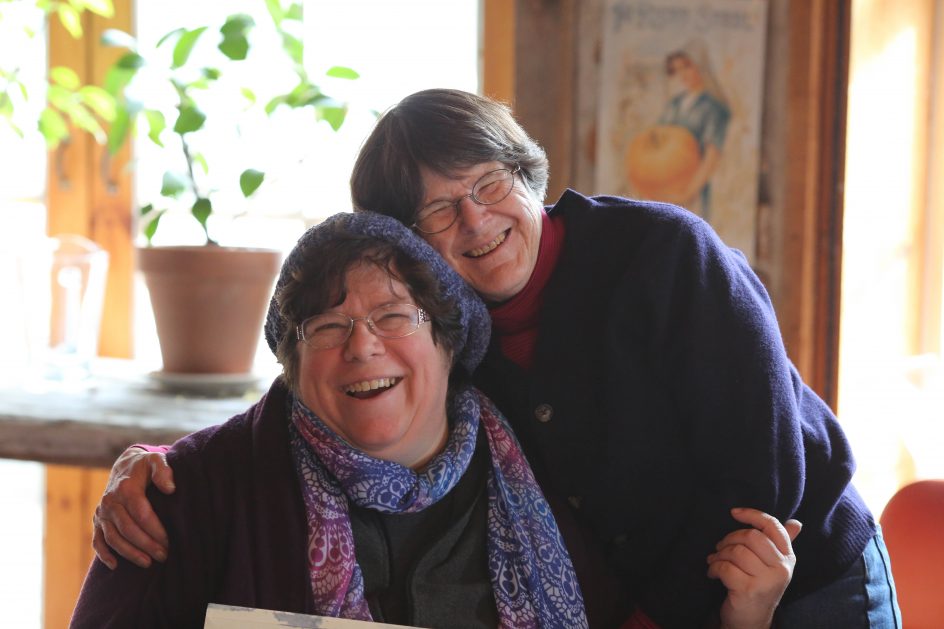
For much of my adult life, I’ve been working and struggling and failing to understand what a true creative community is and how it works. Some of my failures have been painful and spectacular, and two or three of have been exhilarating and successful.
I have learned a number of things about creative communities, I started working on them decades ago, online and off.
First, they must be composed of people for whom creativity is a passion, not a social gathering point.
Second, they must not become therapy groups or political associations, even though they may often be helpful and have passionate values.
Third, creativity – especially writing – cannot be taught in four-week sessions or two-day workshops. My writing group is entering its third year, and it may go on for several more – that is up to the students more than me. The more we get to know and trust one another, the better and more powerful their work becomes.
Four of my students are working on books now, three have been published, one is germinating.
Fourth, people must take their own time, not my time. Some of the best and most gifted poets and writers in the class have been working at it for several years, and the timetable for development must be theirs, not mine. I can push and cajole and encourage, but must not ever badger or bully.
Fifth, it is a generalization that it is most often true that many women have been discouraged, intimidated, shut down or ignored by men – spouses, fathers, teachers, brothers, bosses.
Sixth, true connection and understanding can not come for me purely through digital communications like social media. Sometimes, we need to see and talk with one another for there to be genuine understanding and trust. True understanding comes from deeper places.
Emerging voices in women is often threatening to men, this comes up in my teaching all the time. Women, who have, I have come to see, almost universally experienced one form of abuse or another, share this experience, increasingly, more and more openly. And as it happens, all of my students are now women.
Today, in the class, we have an intense but very valuable and meaningful discussion about a story that dealt with issues of abuse and sexual harassment by an older man on a younger women. I thought the story was being politicized and losing its lyrical magic, that it was becoming a sermon, not a creative work.
Almost everyone in the class disagreed, and I am very proud of the fact that they all feel comfortable doing that.
I was the only man in the room – that is not always comfortable, but much more comfortable than being in a room full of men – and some in the class said that I could not possibly understand what it meant to be a women and experience the predatory and inappropriate behaviors of men.
I couldn’t say out loud that I was the victim of extreme and violent sexual abuse and was in treatment for it for much of my life. It isn’t something I can yet say out loud, I can barely talk about it with Maria, or write about it, nor is it truly relevant to the teaching of writing, yet I very much understand it, and am beginning to see that this informs my idea of teaching and my connection to the class in ways I do not fully understand.
I mention it only because I have to practice what I preach, creativity requires authenticity, even bravery. You have to come to terms with what you fear, sometimes run towards it, not away from it. I hope I get there one day, it’s getting late.
For creativity is so closed linked to empathy, suffering and a kind of coming out. This, in a sense, is more important to teach than the mechanics of language and writing. Our voices are important, sacred, no one should ever shut them down or silence them or make us feel small about them.
It is never my place to focus my teaching on what people don’t do or do wrong, it is always my place to focus my teaching on what my students do well and wish to do. It has to ultimately come from them, not from me. I suppose my own therapy has helped me to see this way of teaching, to form this idea of a creative community.
And it is not that I am shy when it doesn’t work, I can’t have students in my class who don’t belong there or feel at ease, for their sake or mine. In this community, we have stood by one another, committed to one another. Hard for me, for some of them. Impossible for others.
Today, one of my most remarkable students, Rachel Barlow, a painter and illustrator and writer, brought some watercolors to class to ask the other students which one she should hang in an upcoming show this week at the Spiral Press at the Northshire Bookstore in Manchester, Vermont.
I was deeply touched when all of the students gathered around her to give their ideas, wish her well and offer her encouragement and towards the end, Caroline Ashton, a writer and poet in my class, leaned over to give Rachel a hug. The affection and support were so palpable you could touch them.
There it was, I thought, the creative community come to life. Perhaps I am getting closer.
